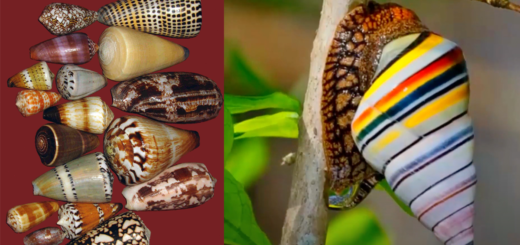Quinoa Nutrition Facts – 39 Interesting Nutrition Facts About Quinoa
Nutrition Facts Quinoa
Its hardy nature made it a chief crop cultivated in the highlands of Bolivia, Chile, Peru and Ecuador since ancient times
The plant starts flowering in July and seeds are formed from August through September
The seeds are like amaranth seeds and could be colored white, gray, and pink, brown depending on the species.
The outer seed cover contains bitter tasting saponins which must be removed before eating.
Quinoa has spiked interest of food scientists because it can sustain in stressful conditions and contains a well balanced protein, fat and minerals in the right proportion and it will be an ideal crop in famine prone regions.
100 g quinoa seeds provide 368 calories which is comparable with other cereals like wheat, maize, rice
100 gm of quinoa seeds provide 14 to 18 gm of protein which includes all the essential amino acids especially lysine which is a rarity in grains like wheat, maize, rice, etc.
It is one of the few gluten free staple foods. Gluten is present in grains like wheat and has been indicted for causing stomach upsets and loose motions in patients suffering from gluten sensitivity or celiac disease.
Quinoa is also a rich source of fiber and 100 gm of quinoa seeds fulfills 18.5% of daily requirement of fiber.
Fiber is important for speeding up movements in the colon and it provides bulk preventing constipation.
Quinoa binds to toxins and aid in their expulsion from the body.







